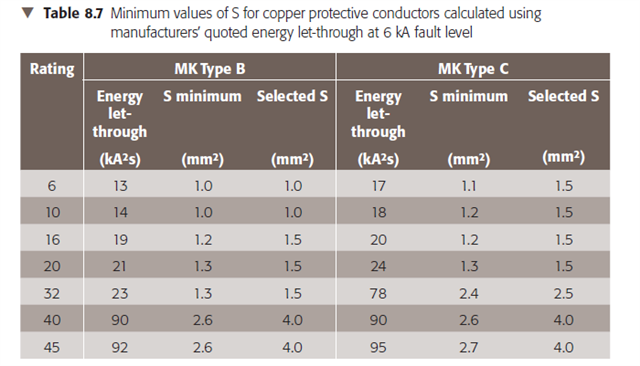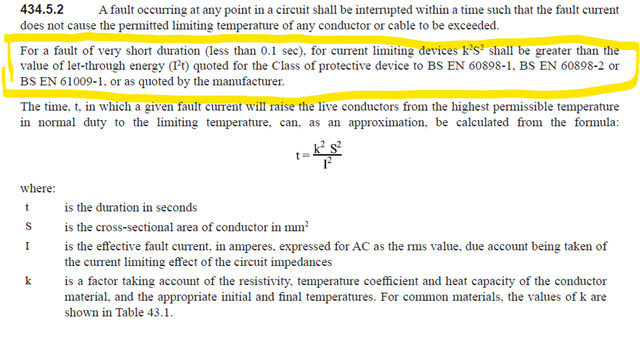Hey guys I've been wondering when your wiring in parrallel do you divide the R1+R2 values by 4 when calculating thermal constraints and checking that the Zs value is okay.
Also when wiring in parrallel if you only use one of the earth connections would you divide by 3.
Hope this makes sense.

